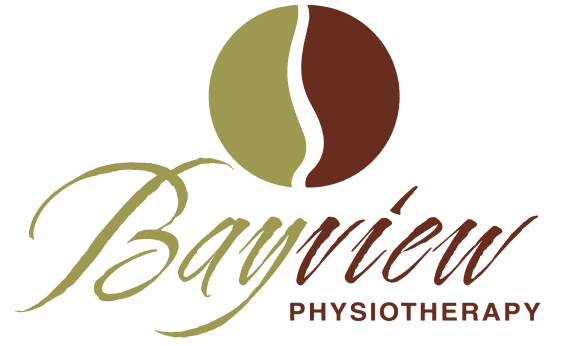SPORTS INJURIES
EARLY ASSESSMENT AND TREATMENT

The Physiotherapy Advantage
Physiotherapists bring a wealth of knowledge and techniques to the table. They can:
Identify and Diagnose: Accurately pinpoint the injury, ensuring proper treatment.
Decrease Inflammation – such as ice, compression, elevation (the ‘RICE’ method) and modalities such as ultrasound or laser
Restore function: Progress you through exercises to help maintain/restore flexibility and strength of your joints, even in the first few weeks of injury. Taping or bracing will likely be used.
Improve Healing: Techniques such as Kinesio Tape can improve blood flow, reduce both pain and inflammation, and aid in the proper functioning of the muscle.
Avoid Future Injuries: Following healing, your physio will create an individualised exercise programme for you, which will help to strengthen weak areas, improve balance and co-ordination, and enhance optimal movement patterns, making you less likely to injure yourself again.
Physiotherapy: Your Ally in Preventing and Healing Sports Injuries
Sports injuries can sideline athletes and weekend warriors alike. Your physiotherapist uses proven strategies to help prevent sports injuries in the first place. Equally important, your physiotherapist can help you return to your activity level faster and safer when sports injuries occur.
Early Intervention is Key
The sooner you get to a physiotherapist when something hurts, the better, because her eyes can help figure out what’s wrong, whether you need an x-ray or another test, or what your plan of attack is.


Beyond treating injuries, physiotherapy is crucial for prevention. A physiotherapist can:
Mark Your Territory: Identify areas of weakness, imbalances or movement defects that place you at risk of injury.
Design a Personal Plan: Design a tailored programme specific to your sport and individual needs.
Exercise Proper Technique.
Pay attention to form when you exercise or play sports to avoid overstressing your body.
Don't Wait, Take Action
If you’re recovering from an acute injury, physiotherapy is a great place to start. And if you’re looking to better safeguard yourself against injuries in the future, physiotherapy can help with that, too. Book an appointment with a physiotherapist today – start healing yourself and become more resilient to injuries. 250-390-2003
Treatment Phases: A Gradual Progression
Physiotherapy treatment is typically a multi-phase process:
1 Acute Phase (Initial Healing): Reduce pain, inflammation, aim of protection; eg, rest, ice, compression, elevation.
2 Recovery Phase: Restore range of movement and strength; light aerobic exercise.
3 Formative Phase: Increase solely muscle and strength activity.
4 Specific Endurance Phase: Begin implementing leisure sports activity.
5 Peformance Phase: Apply training for specific sport.
6 Competition Phase: Prepare for competition.
7 Subacute Phase (Repair):** A gentle movement programme which begins to restore range of motion and rebuild strength can be started.
8 Chronic Phase (Remodelling): More difficult exercises to regain capacity and prevent re-injury are added.
Prevention is the Best Medicine

